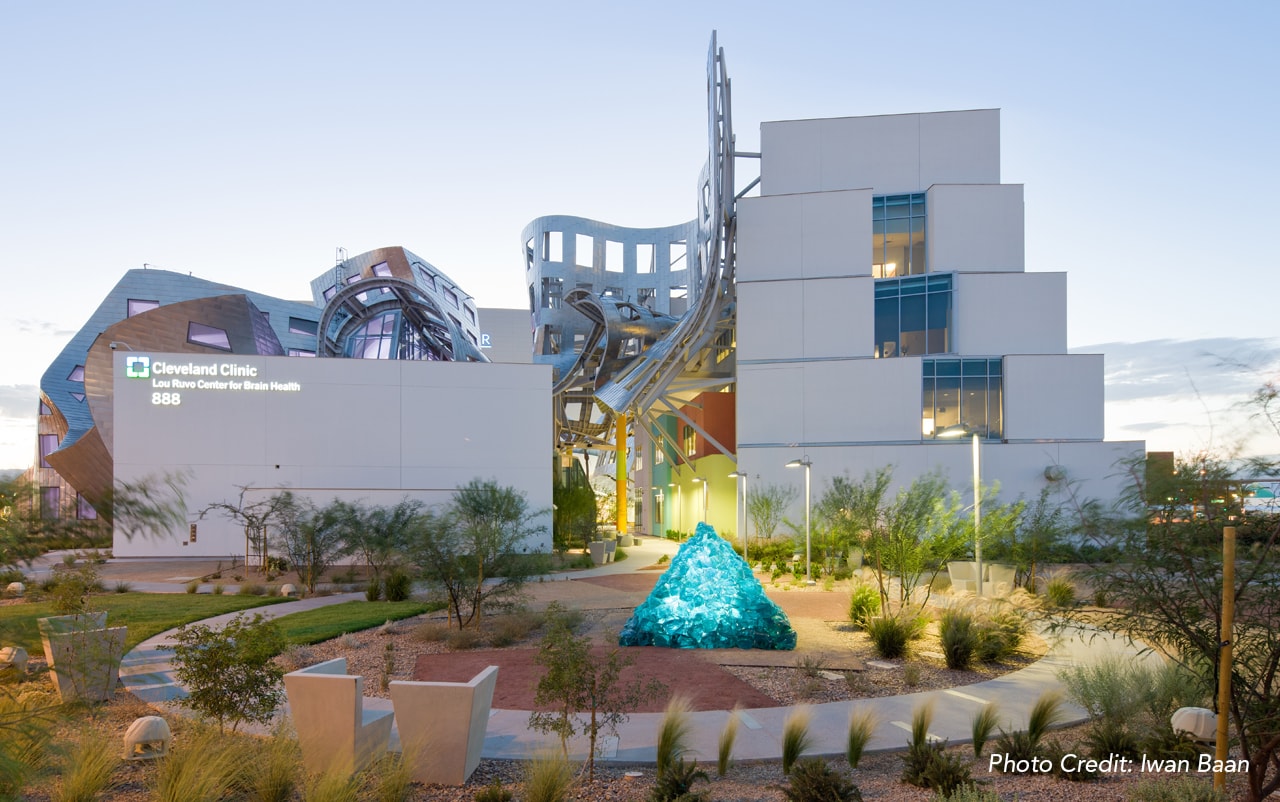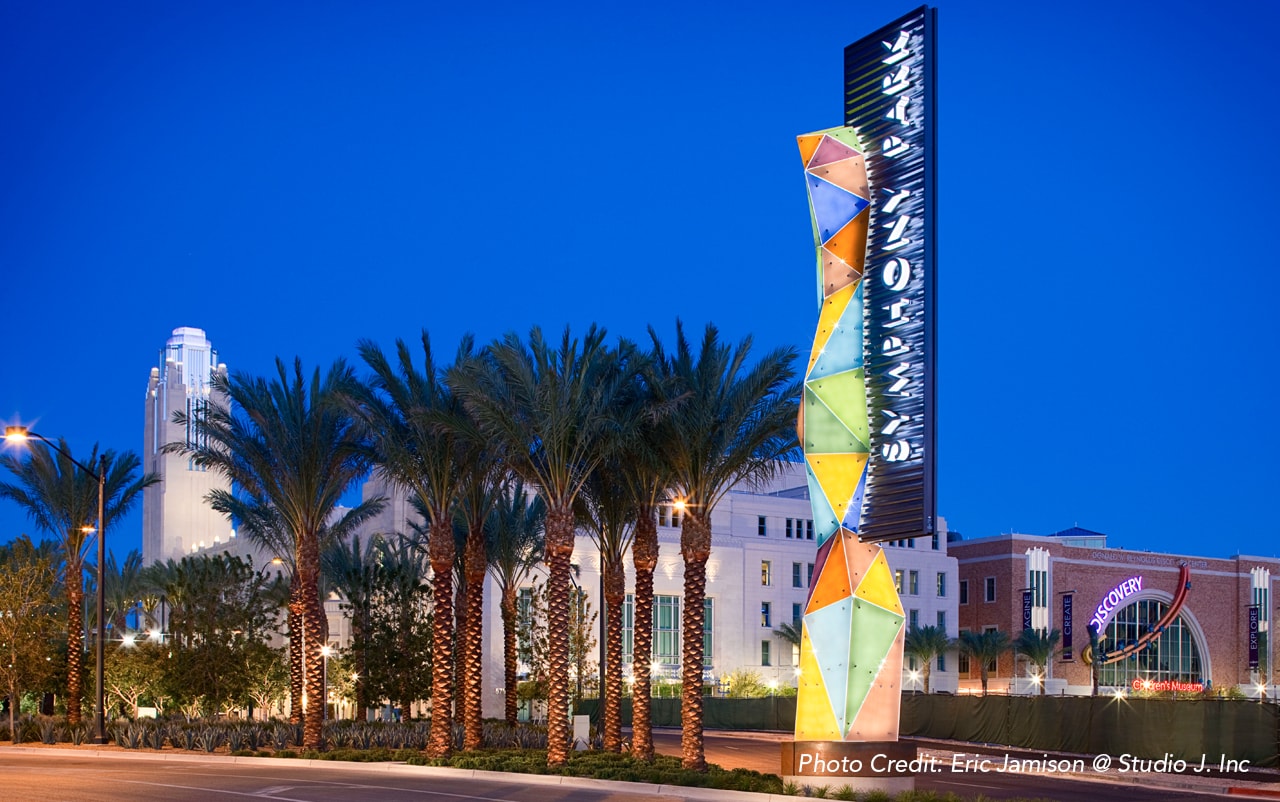

The City of Las Vegas leaders, mindful of the competing commerces of downtown and The Strip, established a vision for the revitalization and enhancement of its 61-acre urban core along Grand Central Parkway. Seeking a company with a successful track record in master planning, design, and marketing, city leaders selected Newland to oversee the planning, design, and development of what is now called Symphony Park.

With a vision in place, Newland took on the responsibility of all aspects of planning including research, product segmentation, and location planning. “One of our core strengths is that we painstakingly do our due diligence and plan for how people will use this space,” explains Rita Brandin, Senior Vice President and Development Director. “With an urban mixed-use project, we wanted to make sure we planned the right mix of cultural, residential, commerce, and entertainment to make Symphony Park a destination for residents and tourists, and realize the vision of the City Leadership.”

To ensure Symphony Park aligned with the plan to create a high density, 24-hour downtown neighborhood in initial and future phases of development, Newland created the master plan and master design guidelines with oversight from a design review committee. The district is characterized by walkable streets, interesting streetscapes, artwork, and high-quality design and construction to ensure a sense of permanence as the project is developed. Symphony Park is a modern-day city neighborhood located in the heart of Las Vegas boasting world-class arts, culture, science, and medicine all within its borders.

At its inception, Symphony Park was the only project in the State of Nevada accepted into the LEEDTM for Neighborhood Development Pilot Program, setting an example for others to look for sustainable ways to develop. Following the rating system created by the U. S. Green Building Council, Newland integrated the principles of smart growth, urbanism, and green building into the first national rating system for neighborhood design.
“Symphony Park presented many challenges—most notably, transforming a former railyard brownfield site to a vibrant network of city blocks to realize the potential of the 'city within a city,' but the most rewarding challenge was to design and construct it in a sustainable way that generations would be able to enjoy,” says Brandin. “We had the smart neighborhood location, but when you focus on green construction, water, and energy conservation where all the buildings are LEEDTM certified, you know people can enjoy how they live and work knowing that it's a sustainable, supportive environment.”
